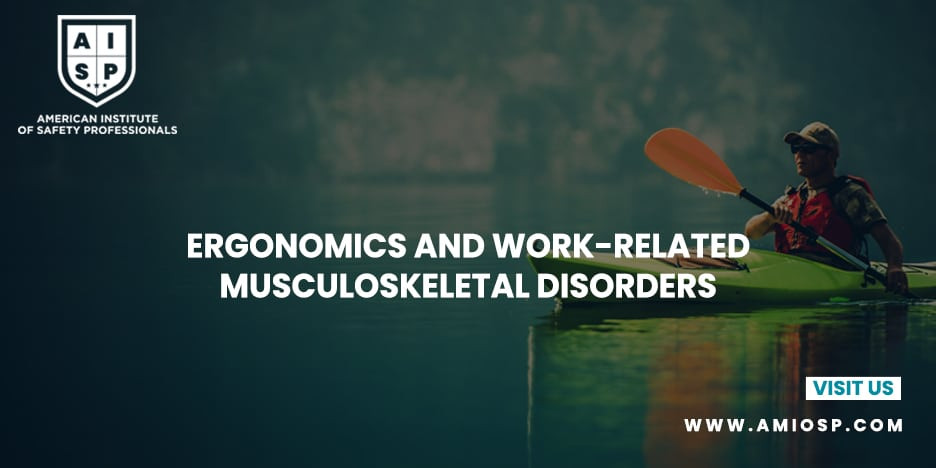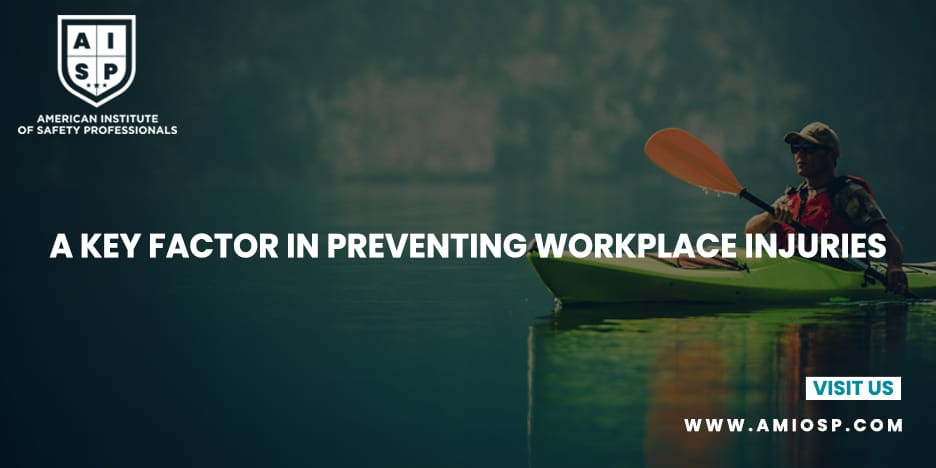Falls are a significant cause of injuries and fatalities in
various industries, highlighting the importance of identifying and mitigating
fall hazards in the workplace. Employers have a responsibility to create a safe
environment for their workers by implementing effective strategies to minimize
the risk of falls. In this blog post, we will discuss common fall hazards that
exist across industries and provide practical solutions to mitigate them,
ensuring a safer working environment for all.
1. Unprotected Edges and Openings
Unprotected edges and openings pose a significant fall
hazard, particularly in construction sites, rooftops, and elevated work areas.
Workers can inadvertently walk too close to the edge or fall through openings,
leading to severe injuries or fatalities. To mitigate this hazard, employers
should:
- Install
guardrails or barriers around exposed edges and openings to create a
physical barrier and prevent accidental falls.
- Ensure
that guardrails meet the required height and strength standards and are
regularly inspected and maintained.
- Clearly
mark hazardous areas and use warning signs or barricades to alert workers
to potential fall hazards.
2. Improperly Used Ladders
Ladders are commonly used in various industries, but their
improper use can result in falls. Some common ladder-related hazards include
using the wrong type of ladder for the task, overreaching, unstable placement,
and inadequate ladder maintenance. To mitigate ladder-related fall hazards,
employers should:
- Train
workers on ladder safety, including proper selection, inspection, setup,
and climbing techniques.
- Ensure
that ladders are in good condition, free from defects, and appropriate for
the specific task and working conditions.
- Provide
alternatives to ladders, such as scaffolding or elevated work platforms,
when working at heights for an extended period or performing tasks that
require heavy tools or materials.
3. Insufficient Fall Protection Systems
Inadequate or improperly used fall protection systems are a
leading cause of falls. These systems include harnesses, lanyards, anchor
points, and lifelines. To mitigate this hazard, employers should:
- Conduct
a thorough assessment of fall hazards in the workplace and determine the
appropriate fall protection systems required for each task and working
area.
- Ensure
that fall protection systems are properly installed, inspected, and
maintained according to manufacturer guidelines and industry standards.
- Provide
comprehensive training to workers on the proper use, fitting, adjustment,
and inspection of fall protection equipment.
- Regularly
evaluate and update fall protection systems to adapt to changing work
conditions or tasks.
4. Slippery or Uneven Surfaces
Slippery or uneven surfaces significantly increase the risk
of slips, trips, and falls. These surfaces can be caused by wet floors, loose
debris, ice, or uneven walking surfaces. To mitigate this hazard, employers
should:
- Implement
regular housekeeping practices to keep work areas clean and free from
hazards.
- Use
appropriate signage to alert workers to potentially slippery or uneven
surfaces.
- Provide
slip-resistant footwear and encourage workers to wear appropriate footwear
for the specific work environment.
- Promptly
address and repair any damaged or uneven walking surfaces to ensure a safe
working environment.
5. Inadequate Training and Awareness
Lack of proper training and awareness regarding fall hazards
can increase the risk of falls in the workplace. Employers should:
- Provide
comprehensive training to workers on fall hazards specific to their tasks
and work environments.
- Educate
workers on the proper use of fall protection equipment, safe work
practices, and emergency procedures.
- Promote
a culture of safety by encouraging workers to report any potential fall
hazards they observe and providing channels for open communication
regarding safety concerns.
6. Insufficient Lighting
Inadequate lighting can impede visibility and increase the
risk of falls, particularly in poorly lit areas, staircases, and walkways. To
mitigate this hazard, employers should:
- Ensure
that work areas, walkways, and staircases are well-lit at all times.
- Regularly
inspect and maintain lighting fixtures to address any issues promptly.
- Provide
additional portable lighting sources when working in areas with
insufficient lighting.
Conclusion
By understanding and proactively mitigating common fall
hazards, employers can create a safer work environment for their employees. It
is crucial to identify potential fall hazards, implement appropriate
safeguards, provide comprehensive training, and promote a culture of safety.
Remember, fall prevention is a shared responsibility, and by working together,
we can significantly reduce the number of fall-related injuries and fatalities
in the workplace. Prioritize safety, mitigate fall hazards, and protect your
most valuable asset—your employees.












0 comments
No Comments